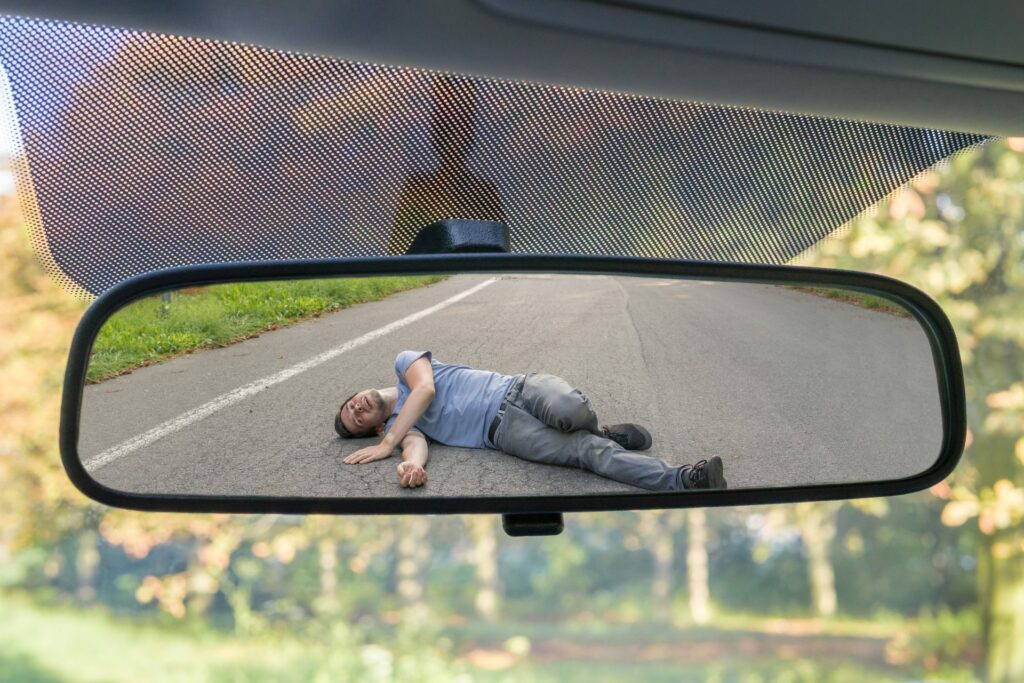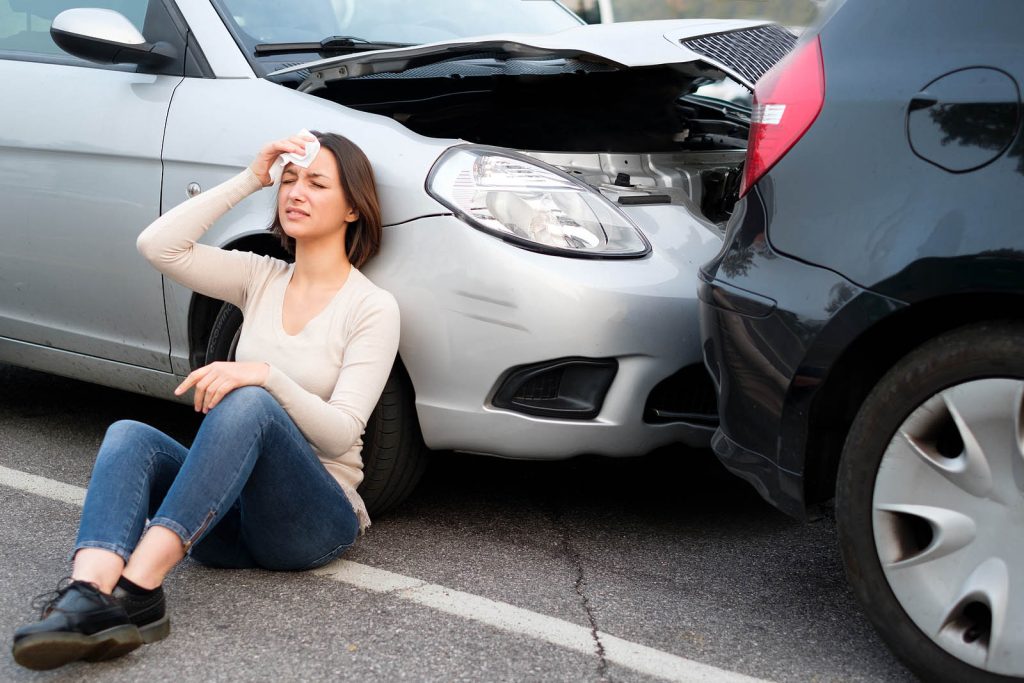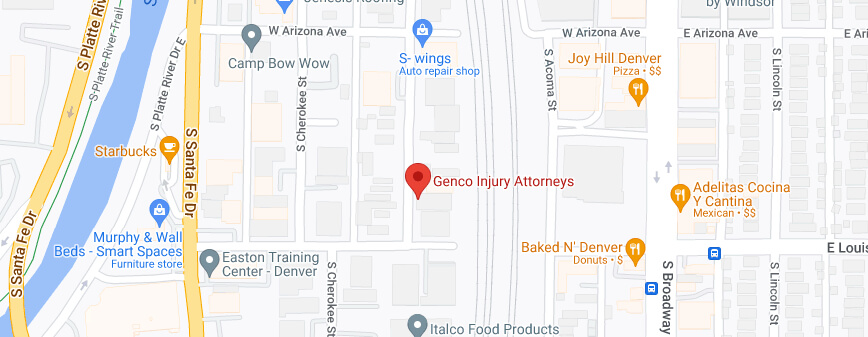What Are Colorado’s Auto Insurance Requirements?
Liability insurance is required for Colorado drivers. The minimum required is:
- $25,000 for bodily injury or death to any one person in an accident
- $50,000 for bodily injury or death to all persons in any one accident
- $15,000 for property damage in any one accident
Remember, these are minimums. Policy owners can purchase additional coverage, which is
not a bad idea if they can afford it. The minimum coverage may not be enough for catastrophic injuries or deaths.
One form of insurance that Colorado laws don’t require, but should be considered by d underinsured motorist coverage. By law, insurers must offer this type of coverage to drivers, but drivers aren’t required to accept it. This coverage helps pay for damages if another driver causes an accident that leaves another driver injured, but the negligent driver either doesn’t have any insurance or doesn’t have enough insurance to cover the costs or is a hit-and-run driver who is never found.
Colorado used to be a no-fault state where drivers would first turn to their insurance policies for damages, even if another driver was at fault. But that has changed, and now the at-fault party is the responsible one. The victim can sue the other driver for damages if the other driver doesn’t have insurance (or enough insurance), but it’s likely that the driver may not have the financial means to pay the damages. That leaves the victim potentially footing their own bills for an accident they didn’t cause.
What Happens in a Car Accident Involving Uninsured Motorists in Colorado?
Unfortunately, it’s not all that rare for a driver to find themselves in a car accident with an uninsured driver, even though insurance is required by law. When the insured driver is injured, they may wonder how they can file claims against an uninsured person who caused their accident.
There are multiple approaches depending on the circumstances around the accident and what insurance the victim has. One thing to keep in mind is that even the victim’s own insurance company isn’t necessarily willing to pay for things they should, which is only one reason the victim should work with an experienced car accident injury attorney who knows the laws and may help the victim recover the damages they deserve.
Several steps might need to happen before the victim can receive compensation.
The accident should be investigated. This is important in terms of determining who is at fault. Even if the at-fault driver is uninsured and doesn’t have the financial means to pay claims, their fault can still factor into what comes next.
Depending on the investigation results, an attorney can advise which route to take next. It could be filing claims with the other driver if they have any level of insurance at all.
Filing claims with the victim’s insurer. Suppose the other driver was completely uninsured and didn’t have the financial means to pay damages. In that case, the victim may need to file with their own insurer, which can be complicated and could benefit from professional legal assistance.
Lawsuits. Going to court (either for the under/uninsured driver or the victim’s insurance company) may be required when all else fails. This definitely should be done with the advice of a lawyer.
What Role Does Colorado’s Comparative Negligence Laws Play in Accidents with Under- or Uninsured Motorists?
Across the U.S., states use one of three types of comparative negligence to determine the level of financial damages a victim of a car accident may receive. They’re based on determining how much fault each party has in the accident. It’s common for more than one person to be at fault. These are the three types.
- Pure comparative negligence. This says that even if the victim is 99% at fault for the accident, they can still receive 1% of any damages awarde
- Contributory negligence. This is basically the opposite of pure comparative negligence in that if the victim is even 1% at fault, they’ll receive no damages.
- Modified comparative negligence. This says that if the victim is either 50% or 51% at fault, depending on the state, they can’t receive damages. Colorado follows the 50% modified
comparative negligence model. If the victim is found at least 50% at fault, they can’t receive damages, even if the other driver is underinsured and has some minimum coverage. It’s also why the other party will be eager to prove the victim is mostly at fault.
What Should I Do if I Was Injured in an Accident with an Uninsured or Underinsured Motorist?
Colorado law requires everyone involved in an accident to call the police and remain at the scene until police arrive to file an accident report. Exceptions to this include if someone involved in the accident needs immediate medical attention or if there’s no cell service and someone needs to go somewhere to reach law enforcement.
Once the police report is filed, you should visit a doctor immediately, even if you think your injuries are minor. Not all severe injuries present significant symptoms right away and can worsen if left untreated.
Then call Genco Injury Attorneys at 303-500-1376 for a free case evaluation. Uninsured and underinsured motorist cases are complex and can benefit from a professional consultation. Our team of experienced, knowledgeable car accident attorneys can go through your case and provide advice as to what might be the best approach to recover any financial damages possible.









